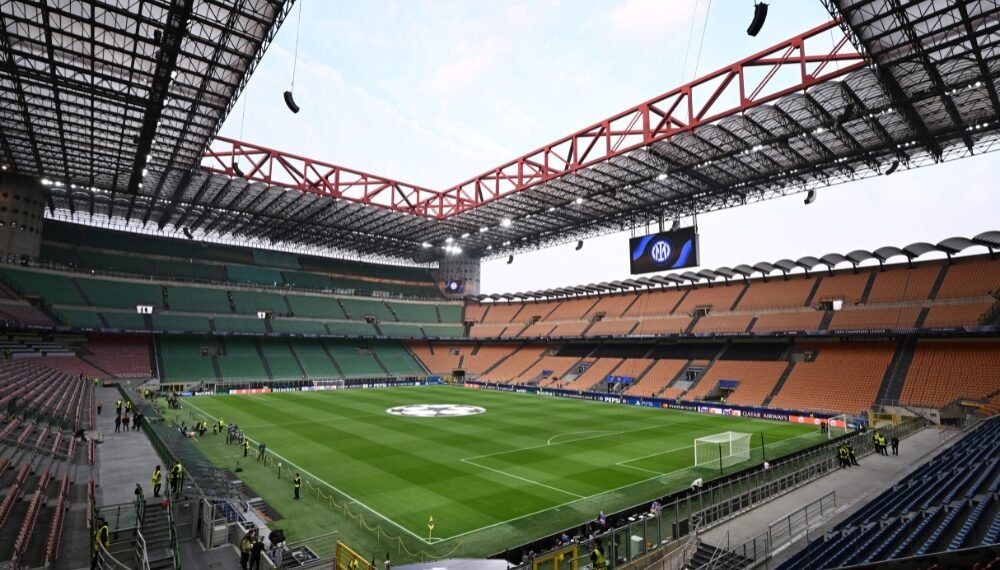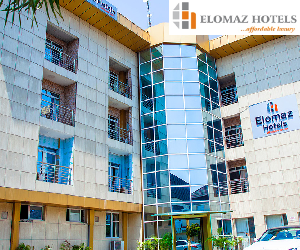AC Milan and Inter Milan have completed the acquisition of the San Siro Stadium and announced their intention to demolish it in order to construct a new arena with a capacity of 71,500 seats.
The idea of demolishing the San Siro, considered one of the most iconic football stadiums globally, has been discussed for years due to its declining condition.
The two clubs, which have shared the stadium since 1947, have paid €197 million (£173 million) to the city council to gain ownership of the stadium and the surrounding land, a move they describe as a demonstration of their “shared ambition for long-term success.”
The new stadium will accommodate approximately 4,000 fewer fans than the current San Siro and will be designed by firms led by Sir Norman Foster and David Manica, who were instrumental in the development of the new Wembley Stadium.
Reporters have consulted with key stakeholders and financial experts to assess whether this decision is sensible and if it could enable these two historic clubs to compete more effectively against wealthier Premier League teams.
“For us, this is a historic moment,” says Milan chairman Paolo Scaroni.
“It has taken five or six years to reach this point, and we have received tremendous support from our owners, RedBird.
“San Siro has been excluded by UEFA as a venue for Euro 2032 due to its lack of modern facilities. We urgently need a new stadium.
“We have always maintained a good relationship with Inter, so it makes sense to continue sharing the new stadium and to share the costs of its construction and operation.”
Although the designs will not be revealed until the first half of 2026, and no completion date has been established, the acquisition of the stadium is a significant milestone as both clubs strive to reclaim their former glory.
In the late 1990s and early 2000s, Serie A was the leading football league in the world, with clubs spending the most money, acquiring top players, and attracting global fan attention.
Read also:
- AC Milan gaces defensive test against Liverpool in Champions League opener at San Siro
- Injured Lukaku to miss Milan Derby, Bayern clash
- Inter Milan fail to capitalise on AC Milan’s draw
However, over the past two decades, the league has experienced a gradual decline.
The performance of its clubs at the elite European level has diminished, average attendance at matches has significantly decreased, and even its most prestigious teams are generally spending less each summer than lower and mid-table Premier League clubs.
The long-term decline can be illustrated by looking at Milan and Inter’s performances in the UEFA Champions League since it was rebranded in 1992.
Despite Inter reaching two finals in recent years, they last won the tournament in 2010, while Milan’s most recent victory was in 2007, with only Real Madrid having won the competition more times than the Rossoneri.
Financial factors have played a significant role in this situation. Italy has seen 12 changes in prime minister since 2000, and its economy has faced ongoing challenges.
Both Milan and Inter have also experienced a series of disruptive ownership changes, with both clubs transitioning from Italian business owners.






